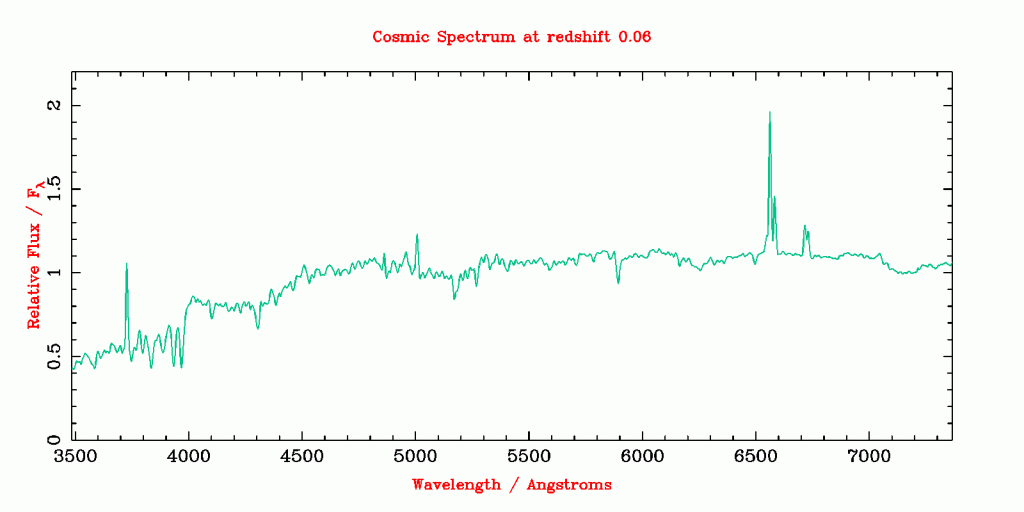What color is the universe? When you look at the night sky, it looks black. When we look at photographs taken from the Moon, we are convinced that it is black. But the Universe is not actually black. When we go outside and look up at the night sky, the reason we see a black space between the stars is because we can’t see the millions of faint galaxies scattered across the universe. Our eyes cannot adequately perceive this faint light.
- Ancient Stardust Grains from Asteroid Ryugu Are Older Than the Solar System
- The Great London Fog: An Environmental Disaster That Killed 12,000 People
In 2002, a team of US astronomers conducted an interesting study. They asked what would happen if we took all the light from nearby galaxies and mixed it together? Using data from 200,000 galaxies, they did just that. The computer finally gave an answer. When you take into account the average brightness of everything, the color of the Universe is beige. Various names were then proposed for this celestial color. The winner was Cosmic Latte. In computer speak, #FFF8E7.

But let us remind you. While the color of the Universe is cosmic latte for now, it certainly won’t stay cosmic latte forever, as the color changes over time as stars age. Young stars are hot and give off a beautiful blue light. Whereas older, cooler stars emit more and more red light. That’s why billions of years ago, when the Universe was made up of young stars, it had more of a blue color. But because of aging stars, the color of the Universe gradually changed from bluish to reddish. As fewer and fewer new stars are formed, more and more stars will age and the universe will turn a deep red color.
How can we understand the color of the Universe?
As you know, we can get all the colors of the rainbow by passing visible light through a prism. So prisms separate visible light into different colors of the electromagnetic spectrum. A prism that separates all the visible light in the universe gives us a slightly different spectrum than we are used to. To get a picture of all this light, scientists looked at data from Karl Glazebrook and Ivan Baldry’s large light survey of more than 200,000 galaxies. In fact, their goal was not to determine the average color of space. They were doing a spectral analysis of different galaxies to look for star formation. The methods used in this analysis made it possible to determine the wavelengths of light scattered by younger and older galaxies.

This is what was discovered as a result of the research: The majority of galaxies in the Universe came into existence around 5 billion years ago. These galaxies were much brighter than the stars in the Universe’s older past. In addition, the average color of the Universe has been changing over time, from bluish to reddish, as younger, bluish stars age and turn yellow and eventually red. If we averaged the color values of all light and converted it into the primary color scale seen by the human eye, the resulting color would be the cosmic latte.

